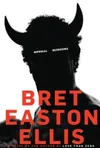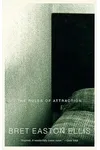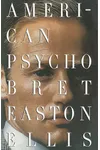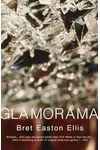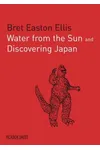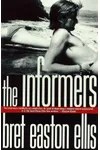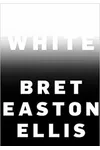Picture a novelist who turned the 1980s’ glitz and grit into a literary firestorm—meet Bret Easton Ellis! Born in 1964, this American author skyrocketed to fame at just 21 with his raw, provocative debut, Less Than Zero. Known for his sharp, affectless style and controversial takes on consumerism and morality, Ellis has crafted a fictional universe that’s as unsettling as it is captivating.
From the sun-soaked nihilism of Los Angeles to the blood-soaked excess of Wall Street, Ellis’s books don’t just tell stories—they dissect culture. Ready to dive into the world of a writer who’s been called both a genius and a provocateur? Let’s explore Bret Easton Ellis’s life, works, and lasting impact.
The Making of Bret Easton Ellis
Born on March 7, 1964, in Los Angeles, California, Bret Easton Ellis grew up in a world of privilege that would later fuel his satirical pen. A student of Bennington College, he was surrounded by literary rebels, and it was there that he penned Less Than Zero. Published in 1985, the novel’s bleak portrayal of wealthy, aimless youth made Ellis a voice of the MTV generation practically overnight.
Influenced by the likes of Joan Didion’s sharp prose and the minimalist cool of Raymond Carver, Ellis carved out a style that was both detached and piercing. His early success wasn’t without struggle—critics debated whether his work glamorized or critiqued decadence, a tension that would define his career.
Bret Easton Ellis’s Unforgettable Stories
Ellis’s bibliography is a gallery of cultural mirrors, each reflecting a different shade of human excess. Less Than Zero (1985) follows Clay, a disillusioned college student navigating a haze of drugs and detachment in LA. Its stark, fragmented narrative captured the emptiness of 1980s youth culture, earning Ellis both praise and infamy.
His third novel, American Psycho (1991), remains his most notorious work. Centered on Patrick Bateman, a Wall Street yuppie with a double life as a serial killer, the book’s graphic violence sparked outrage, with some bookstores refusing to stock it. Over time, however, it’s been hailed as a brilliant satire of consumerism and toxic masculinity. Ellis’s ability to blend horror with humor—think Bateman’s obsession with Phil Collins amid his atrocities—makes the novel a cultural touchstone.
Other key works include The Rules of Attraction (1987), a darkly funny look at college life, and Glitterati (1997), which revisits Less Than Zero’s characters with a sharper edge. incl. images, audio, video, code, and more. His later novels, like Lunar Park (2005), blend autobiography and horror, showing Ellis’s evolution as a writer unafraid to experiment. His style—cool, repetitive, and deliberately flat—creates a hypnotic rhythm that mirrors his characters’ emotional voids.
Why Bret Easton Ellis Matters
Bret Easton Ellis didn’t just write books; he held a mirror to society’s darkest corners. His work shaped the literary Brat Pack of the 1980s, alongside peers like Jay McInerney, and influenced countless writers tackling themes of alienation and excess. American Psycho’s adaptation into a 2000 film starring Christian Bale cemented Ellis’s pop culture status, while his podcasts and essays keep him a relevant voice today.
Ellis’s unflinching gaze—whether on capitalism, youth, or identity—challenges readers to confront uncomfortable truths. His legacy lies in his refusal to offer easy answers, making his books timeless provocations that spark debate and discovery.
- Born: March 7, 1964, Los Angeles, California
- Key Works: Less Than Zero, American Psycho, The Rules of Attraction
- Notable Fact: Ellis wrote Less Than Zero while still in college!
Grab American Psycho or Less Than Zero and dive into Bret Easton Ellis’s electrifying world of satire and style. Trust us, you won’t look at the 1980s—or yourself—the same way again!

